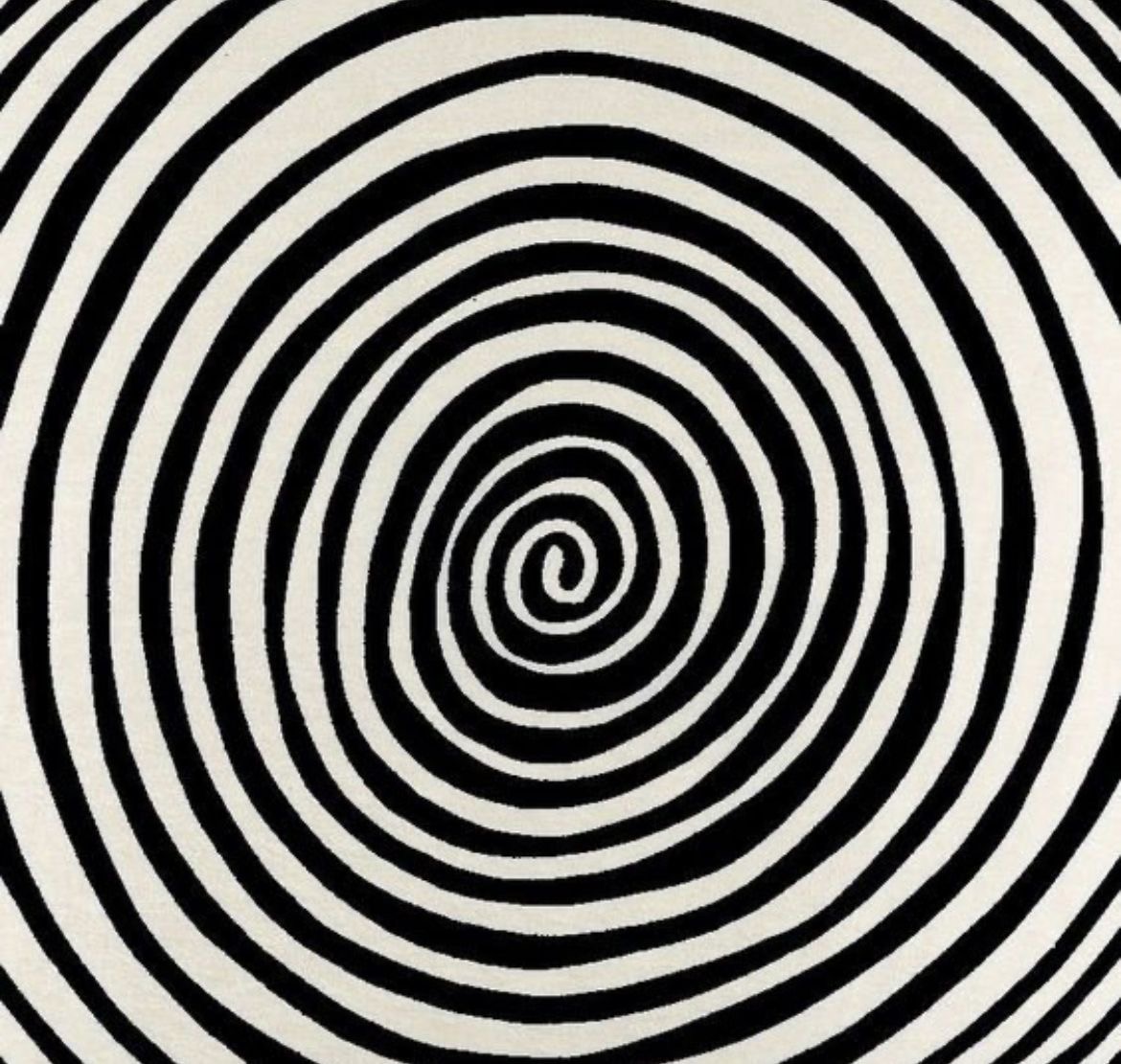Chapter 3
Cards (25)
- What does the law of conservation of mass state?
- What does the law of conservation of mass imply about reactants and products?
- How do we balance symbol equations?
- What do small subscript numbers in chemical formulae indicate?
- What does the large number in front of a molecular formula represent?
- What does 'mr' stand for in chemistry?
- How do you calculate relative formula mass?
- How do you calculate the percentage by mass of an element in a compound?
- Why might a reaction appear to change mass when a gas is involved?
- What happens to the balance reading when a metal burns in oxygen?
- What occurs during the thermal decomposition of a metal carbonate?
- What is uncertainty in scientific measurements?
- How do you calculate percentage uncertainty?
- What is the chemical symbol for moles?
- What is Avogadro's number?
- How many molecules are in one mole of any substance?
- What is a limiting reactant?
- What is a solution in chemistry?
- How do you calculate the concentration of a solution?
- What is the standard unit for measuring concentration?
- How does concentration change with solute mass or solvent volume?
- What are the standard conditions for room temperature and pressure?
- What volume does one mole of gas occupy at standard conditions?
- What are the implications of the law of conservation of mass in chemical reactions?
- What factors affect the concentration of a solution?
See similar decks
chapter 3
chemistry > paper 112 cardsChapter 3
Chemistry > paper 197 cardschapter 3
chemistry paper 131 cardsChapter 3: Structure and Bonding
Chemistry > Paper 1No cardsChapter 3 - Bonding
Chemistry Paper 140 cardsChapter 3
GCSE chemistry > Paper 147 cardsChapter 3: Quantitative chemistry
Chemistry > Paper 158 cardsAQA GCSE Chemistry
2458 cardsWJEC GCSE Chemistry
2012 cardsGCSE Chemistry
2586 cardsCCEA GCSE Chemistry
1737 cardsAQA A-Level Chemistry
2987 cardsOCR GCSE Chemistry
2187 cardsEdexcel GCSE Chemistry
1615 cardsOCR A-Level Chemistry
2997 cardsAP Chemistry
3342 cardsC6.2 Organic Chemistry
OCR GCSE Chemistry > Topic C6: Global Challenges209 cards3. Quantitative chemistry
GCSE Chemistry254 cardsC6.1.2 Green Chemistry
OCR GCSE Chemistry > Topic C6: Global Challenges > C6.1 Improving Processes and Products73 cardsTopic 6: Organic Chemistry I
Edexcel A-Level Chemistry952 cardsPaper 2: Modern Texts and Poetry
AQA GCSE English Literature697 cards
